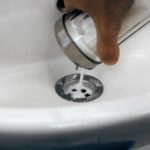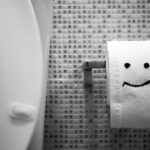How to unclog a toilet
Every person has cleaned the toilet at least once in his life. However, before taking any action, assess the current situation. If you see a toilet bowl, from which dirty water is pouring out in rapid streams, and from second to second, the whole house will be in danger of flooding - immediately call the emergency service.
It doesn’t matter what time of day it is, whether it’s a workday or a weekend, whether you’re renting an apartment or a homeowner—it doesn’t matter. Elimination of accidents should be handled by specialists. At this time, close the valve of the sewer riser yourself and inform other residents about this. It’s another matter if an unpleasant situation has arisen, but not so extensive in scale, and there is a descent, but it is very weak - it is necessary to urgently begin searching for the place of the blockage and removing it.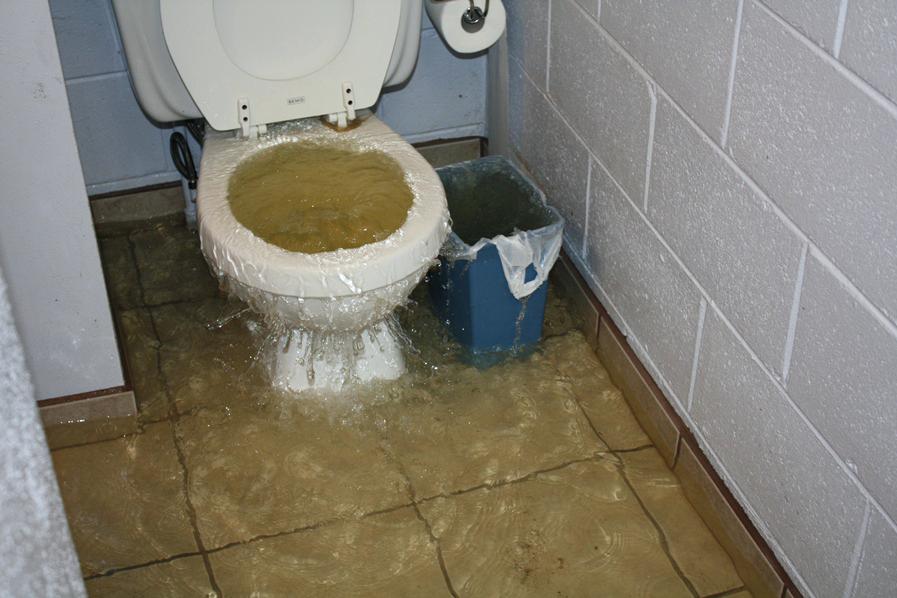
The content of the article
Why might there be a clog in the toilet?
What they don’t find during sewer cleaning! Sheets of thick paper, newspapers, large pieces of food, fat deposits, kitchen sponges, rags, all kinds of small objects, crumpled hair, sanitary pads.Now they have added used cat litter. All this clogs the pipes, creating such a dense plug in them that it is difficult to remove even with a cable.
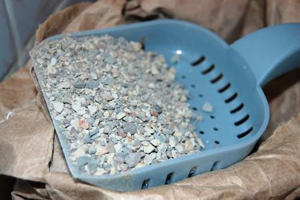
Therefore, in such cases it is no longer possible to do without special tools and experienced professional workers. To prevent this from happening, there should always be a bucket in the toilet for various waste. If this happens to all other residents, then the possibility of a blockage will be almost zero.
How to unclog a toilet with your own hands if it's clogged
All existing methods of dealing with blockages can be divided into categories:
- Chemical cleaning.
- Mechanical cleaning.
- Deep cleaning using a plumbing cable.
- Technical cleaning. Dismantling corrugations, pipe sections, pipeline replacement. This should be handled by special services.
The work differs in the method of implementation, but they have the same goal - to remove the blockage.
Traditional methods
To clear the blockage, you can use improvised means. Fat deposits can be washed off with water. If the pipes are steel, then boiling water is sufficient. It should be poured for twenty minutes. For plastic pipes, the water temperature should not be higher than seventy degrees.
Baking soda
Regular baking soda removes fat deposits well. Domestic soda is the most effective; imported soda is not good enough in this regard.
Two hundred grams of powder are poured into the drain hole, 200 milliliters of table vinegar are poured into it, and the hole is clogged. A chemical reaction removes fat deposits. After fifteen minutes, apply hot water pressure.
Attention! This method is good if the blockage has just formed.If it is quite old, more caustic substances are needed.
Baking soda, vinegar and chlorine
Table vinegar, baking soda and bleach (bleach) are quite effective in dealing with fairly severe blockages. All this is available in almost every home. Bleach is not the most harmless substance, but it is equally good in the fight against grease and limescale.
First, remove all excess water from the sink or toilet. The less water, the more noticeable the effect. Fifty grams of soda are poured into the drain hole. After half an hour, pour in 150 milliliters of vinegar and 150 milliliters of an aqueous solution of bleach.
To prevent a pungent odor from entering the room, the drain hole must be plugged. After waiting thirty minutes, you should turn on warm water for forty minutes.
Mechanically
Often, mechanical methods of dealing with blockages are more effective than various chemicals. There are also household cleaning products, such as a plunger. And there are also more technological ones, which include various plumbing cables.
Cleaning with a plunger
Every home owner needs a plunger. It effectively removes small blockages. During its use, pressure is created in the pipe cavity, which not only destroys the barrier, but also pushes most of the debris further along the pipe.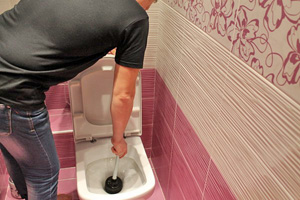
The plunger must be placed with a suction cup over the drain hole. Holding it by the handle, press it hard ten times. Then remove the plunger and check the drain. If the result is insufficient, then repeat the procedure. As a rule, several such sequential procedures, about ten minutes each, are quite enough to clean the system.After the flush has started, pour a bucket of hot water with baking soda dissolved in it into the toilet.
Plastic bottle as a replacement for a plunger
If you don’t have a plunger on your household, you can also use a plastic bottle.
You need to cut off the bottom of the bottle and tighten the cap tightly. Using this design, you can create pressure in the pipe, like a plunger, and get rid of the problem. The used bottle must be immediately thrown into the trash.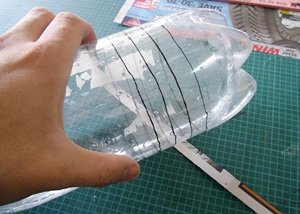
Removing a blockage using a plumbing cable
Plumbing cables come in different types. In everyday life they use small ones, no more than five meters long. There are also longer, professional models that can be used to remove very deep blockages.
A household plumbing cable is a metal cable with a handle on one side and a tassel on the other end. The brush wraps debris around itself. The cable is inserted into the toilet drain hole or directly into the sewer pipe. Gradually, with rotational movements, it is pushed forward. Along the path of its movement, it destroys the blockage.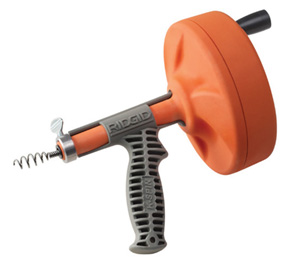
Reference! If you can’t fix the problem yourself, it’s better to call a plumbing service. Sometimes it takes a long time to clear a blockage; this requires special skills and special tools.
Using household chemicals
The range of store-bought products for clearing clogs at home is quite wide. Are they all effective?
"MOLE"
KROT contains acid. As you know, acid is not capable of breaking through a blockage, but it can completely damage the pipe. Since the toilet has a water lock, the “MOLE” will be completely useless.It will reach the site of the resulting blockage in a highly diluted state, which will not cause much harm to the contamination, but it can still harm the pipe.
The reason for the ineffectiveness of products containing acid can be found in a chemistry textbook for the eighth and ninth grades. If an acid is capable of dissolving organic compounds, then it will not cope with plastic, and an acid that dissolves plastic will not dissolve organic matter, but will dissolve the pipe and partially metal structures.
Debouche
A good composition that can eliminate organic and inorganic compounds. It is enough to pour half a liter of the product for three hours.
If the blockage is large enough, the volume and duration of application should be increased. After using the composition, it is necessary to flush the pipes.
"Pothan"
The product is suitable for plastic and cast iron pipes. You must first reduce the water level, then pour in one hundred milliliters of the product and one hundred milliliters of boiled water. After five minutes, add warm water.
Mister Muscle
The product in powder form allows you to cope with fatty plugs. It can penetrate into all difficult places and deal with the blockage, and at the same time destroy pathogenic bacteria.


